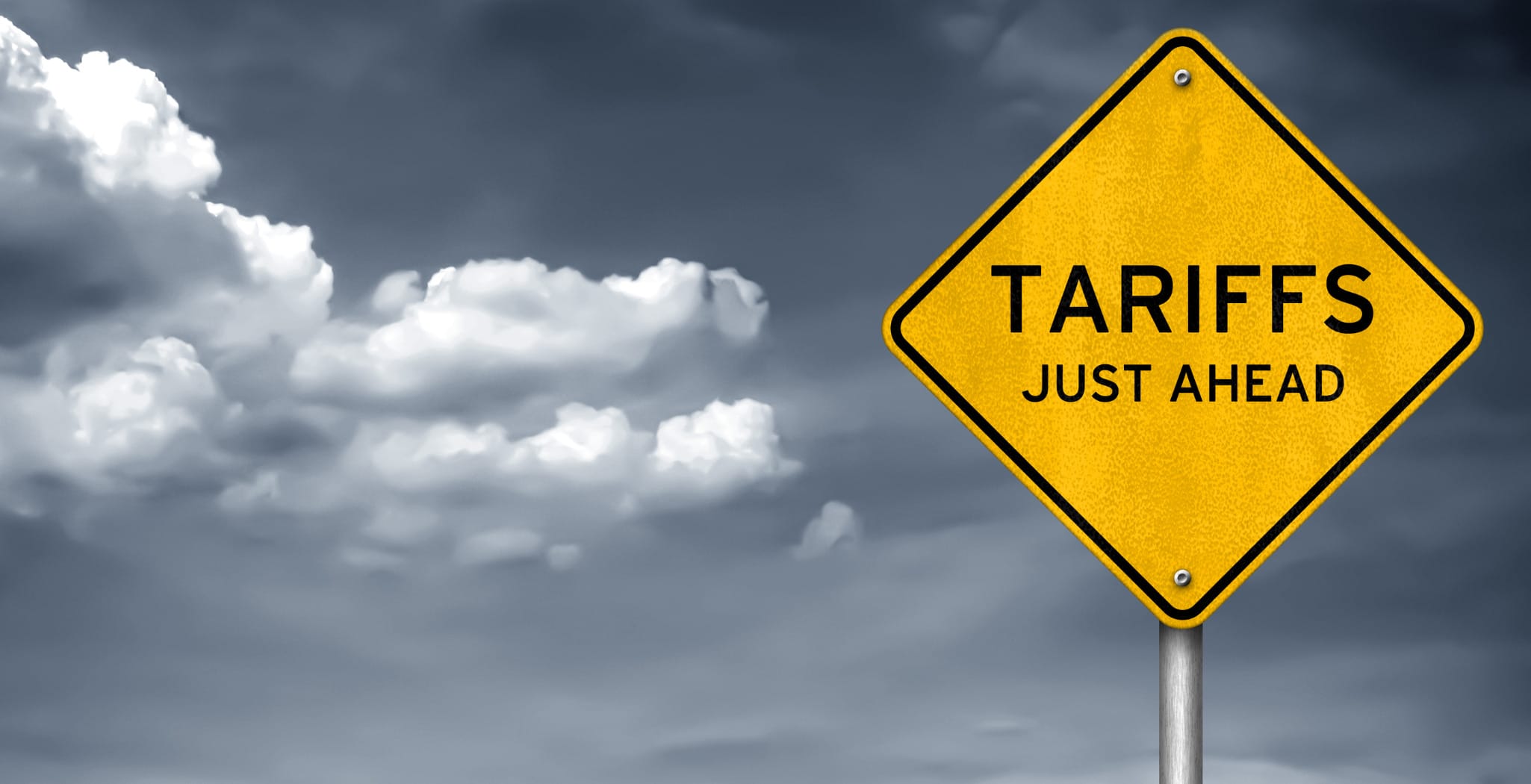By David Alexander
You’ve just climbed in the taxi and are on the way back to your hotel after the closing dinner with the principals of your latest deal. As the QB in the deal process you’ve spent months cultivating a relationship with the owners, convincing them that out of all the groups courting them, your firm was the best fit in terms of culture, business philosophy and opportunities for future growth. With new resources in place, one of the first priorities identified is implementing a China strategy—something your firm could certainly make happen. Right?
Firms with multiple funds under management constantly consider the idea of opening a sourcing office in China, leveraging volume across multiple companies to drive costs down and margins up. No brainer, right? Here are some considerations when determining if such an investment is worthwhile.
1. Get to Break-Even
For any business of scale, it conservatively requires $1.5MM annually to operate a functioning “in-house” sourcing office in China today. This takes into account travel, relocation costs, salaries for just one expatriate staff member and a Chinese support staff typically consisting of sourcing individuals, project engineers, Quality inspectors, supply chain coordinators and the necessary admin support. This estimate does not even include the opportunity cost of valuable human resources and set-up dollars needed to get it up and running. In five years this means a firm will invest $7.5MM in incremental fixed costs.
Be sure to double the timeline and halve the payback. Setting up is the easy part. Becoming operationally efficient proves a little more elusive. Expect your operations leader to be hands-on, which could affect timelines on other domestic restructuring programs. On the ground support during the nascent phase is critical to long-term effectiveness of the Far East operation. In reality, if your goal is to achieve 20% savings (net of working capital adjustments) on components you have to be able to push $8MM in projects through each year for years 2-5. Do you have the $40MM in transfer projects to China from US manufacturers needed to get to break-even? If not, consider the variable cost option of a strategic sourcing partnership until such time that the in-house volume justifies the investment.
2. Beware those who claim they are “China Experienced.”
After purchasing a valve and fitting company, you inherit “Bill” who is quick to inform you that he has traveled to China numerous times and has even learned a few words of the local tongue. Single handedly, he’s “saved the company millions” overseeing outsourcing projects on behalf of the organization. With more China experience than anyone in the firm, he has impressed a number of partners with his knowledge and has even volunteered to move to China to establish your operation. Who better, right?
Bill might be proficient with his industry-specific knowledge of say, castings and forging suppliers, and may even have enough supply chain knowledge to be dangerous. However, how his ability to transfer his knowledge and experience to other products and to the critical elements of managing the new sourcing office can test his learning curve (at best) and inhibit execution speed. When you consider other daily administrative duties such as recruiting, personnel issues, financing and taxation details AND managing relationships with the Chinese and local governments, there’s hardly anytime left for sourcing! He has also relied heavily in the past on his company’s Quality personnel as well as those extensive resources provided by the handful of suppliers he’d worked with in China. Is Bill fully prepared and qualified to monitor these Quality details for your other operations?
Bill has never set up a business from scratch, let alone one in China, and probably lacks the broader business acumen to get the China sourcing company off the ground. Does Bill understand the difference between a “Rep office” and a WOFE (Wholly Owned Foreign Enterprise) and the tax implications of each?
Running a China sourcing office is a broad-based leadership role and requires solid general management instincts and experience. If integrated into the business effectively, the China sourcing office will interface with all elements of your US operations. Bill’s a great nuts & bolts guy but you need a heavy hitter.
3. Location, Location, Location
Manufacturing expertise tends to cluster in China. Should you really be in Zhejiang or is Guangdong Province better suited for your products? You have heard that manufacturing is moving north and west in China. Should you be going there? What type of product categories do you anticipate supporting from your new office, now and five years from now? What’s going on in the Mekong Delta? This region in Southwest Vietnam where the Mekong River meets the sea via distributaries could likely be the preferred next low cost sourcing hub in Asia. Could Cambodia and Laos be additional low cost frontiers? Many products are coming from India lately. Maybe you should have an office in Mumbai? Did Bill sign that five-year lease yet?
4. What does the Chinese government think about your business?
Regardless of the aforementioned, China remains the low cost factory of the world today and will continue as such for many years ahead. Did you know however, that the Chinese government has a clever system to encourage and/or discourage different industries to manufacture in China? Big cost advantages through generous VAT rebates can still be enjoyed by companies in “encouraged” industries while VAT rebates for businesses now falling in “discouraged” categories were eliminated last year, with a generous one week notice from the central government in Beijing.
Delivering a speech to the 1st session of the 11th National People’s Congress (NPC) in March this year, Premier Wen Jiabao made known China’s determination to end its position as a global center of “smokestack industries” or those energy-intensive, polluting and resource-based ventures. As a result VAT rebates for 1,115 commodities in these sectors were ended. Add in worldwide commodity price inflation, today’s soaring energy costs and a 15% appreciation of the Chinese RMB in the past 18 months and suddenly that 25% savings Bill got for your pipe fitting company may not be realistic across the board.
5. Scale
Flash forward to year-five and let’s assume your office has developed a business rhythm. You have a few successful projects under your belt and are finally realizing some savings on behalf of your portfolio companies, albeit not quite what you were promised. The sourcing team is working with 20 or so decent manufacturers. Independently though, each of your projects represent a small fraction of these factories’ overall volume since you are supporting only your U.S. businesses. You need to continuously look for opportunities to leverage scale. How can you do more business with fewer suppliers to ensure you have their ear on important schedule and quality issues?
The good news
PE firms with small and mid sized portfolio companies should do their homework before taking the plunge into China. There are firms in place today who have absorbed startup costs, are highly capable and experienced in running a China office, and are staffed with experienced sourcing experts, engineers and Quality personnel. These firms have a working knowledge of and ability to navigate China, the flexibility to respond and adapt to the changing landscape and command significant volume leverage with the factories with whom they work. When choosing a solution, carefully consider the variable cost option and work with a team who has only your best interests at the forefront of their activities—whose success depends on your success.




Follow Us